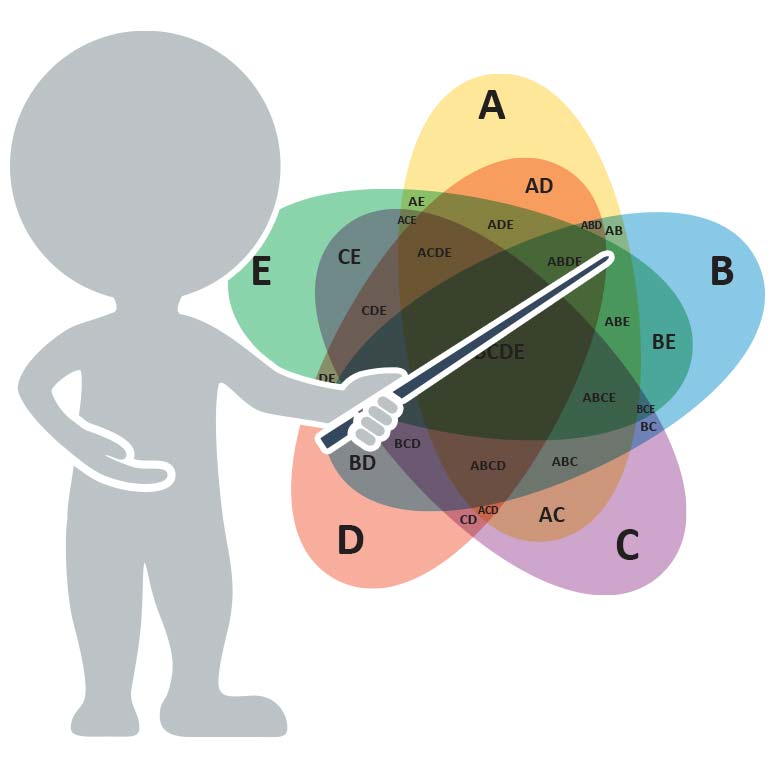Regular Adaptistration readers know that one of the central issues discussed here is finding ways to increase institutional transparency for American orchestras. Recently, I had a public online exchange with an executive administrator from a professional orchestra about the issue after they expressed their frustration over what they considered problems with the way some orchestra musician negotiation committees conduct themselves at the negotiation table…
Eventually, the discussion produced opinions from the executive administrator that although they don’t mind musicians disagreeing with them over how the organization directs its resources, they do have a considerable problem with them coming to the bargaining table with some “simplistic” analysis of the institutional information they were happy to provide (although for the record, orchestras are legally required to provide the musicians with that information during times of negotiation).
They also felt that the analysis is often prepared by individuals who know nothing about their orchestra and are motivated more by a desire to deliberately find anything they can to convince the musicians that the managers are lazy, evil, and incompetent and they are out to rip off the musicians.
In response, I proposed that this executive administrator should allocate some of the organization’s funds toward establishing a program of Regulated Institutional Transparency. Although the suggestion garnered interest from the executive in that public venue, I haven’t heard anything from that organization with regard to helping them set up a program like that.
The concept of Regulated Institutional Transparency (or what I like to call “Trust but verify”) was one of three components belonging to the program I presented at the recent ICSOM conference in San Diego.
This component is actually quite simple; orchestra musicians elect representatives from their membership to attend administrative and board committee meetings where they are allowed to take notes using a standardized template, receive copies of any handouts, and request additional information as needed. The information is then distributed to the rank & file musicians on a regular basis via a secure musician-only website where they can evaluate and process the information on their own and have their contractually mandated representatives (the orchestra committee) contact management with any concerns, observations, or support.
An adaptive program like this allows any players’ association to monitor the artistic, administrative, and governing components of its organization on a continuing basis by means of standardized methods without jeopardizing contractually guaranteed safeguards. It serves as a framework for promoting better communication and cooperation among all constituents without instigating conflict by “looking for problems”.
Nevertheless, it allows musicians more control over creating a healthier environment for their respective administrators to function at peak levels of performance while simultaneously dissuading unproductive and detrimental institutional practices.
After a little study, most people on the outside (and many on the inside) view orchestras as dysfunctional and confrontational. As such, many ideas have come along in recent years attempting to improve the situation and some have been better than others. However, one reoccurring theme for most ideas is of increased musician participation in areas of institutional governance.
Although that may seem like a simple idea, it’s much more convoluted than that. We’ll take a closer look at those issues and more in tomorrow’s article.


